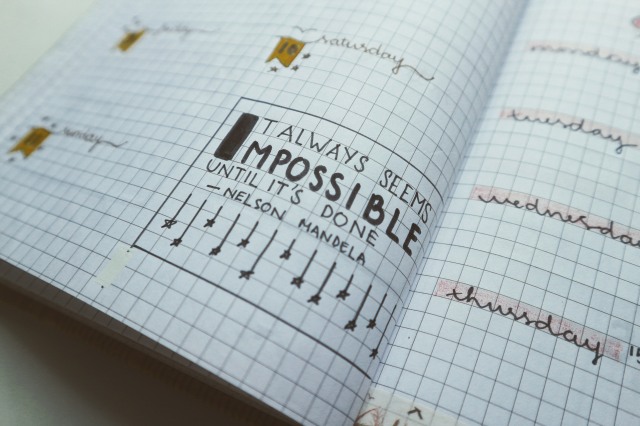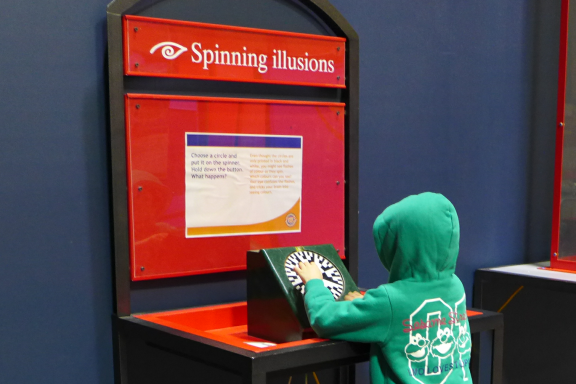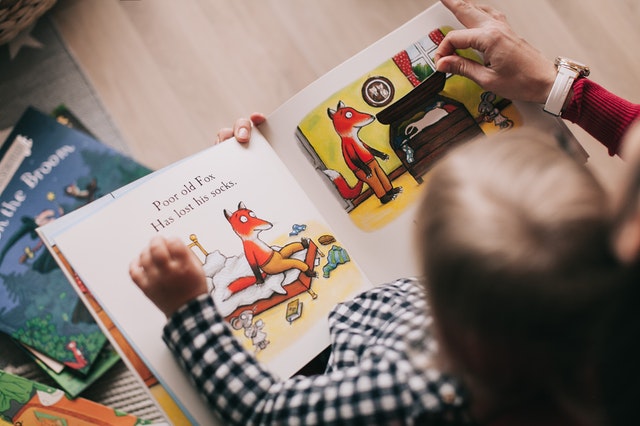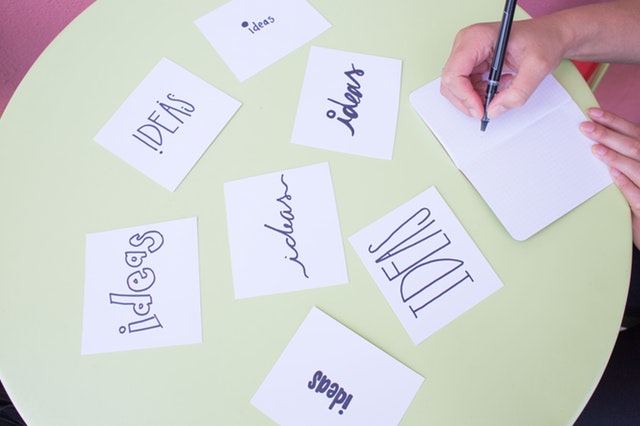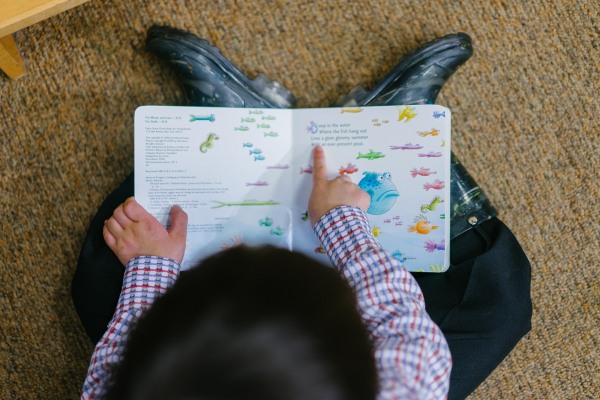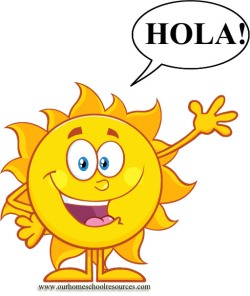Reading and Writing Homeschool Curriculum
A Reading and Writing Homeschool Curriculum is essential if you are a parent and a homeschool teacher and want to educate your child. It's like the foundation of education. Let's break it down in simple terms.
Reading is like a superpower. It helps you understand things, learn about the world, and connect with people through books and written stuff. When you teach your kids to read, you give them the keys to unlock a treasure chest of knowledge.
Writing is like the other side of the coin. It's how we share what we know, tell stories, and communicate with others. A good writing curriculum helps your kids express themselves clearly and effectively.

So, here's why it's important:
1. Communication: Reading and writing are like the Batman and Robin of communication. They help your kids understand what others say and express their thoughts and ideas clearly. It's like giving them a superpower to connect with the world.
2. Critical Thinking: Reading makes your brain exercise. When you read, you're not just looking at words; you're thinking about what they mean. It helps your kids improve at thinking, analyzing, and making decisions.
3. Creativity: Writing lets your kids' imagination run wild. They can create stories, poems, and all sorts of things. It's like a canvas for their ideas.
4. Life Skills: Reading and writing are life skills. They're not just for school; they're for life. From reading job applications to writing emails, these skills will be handy throughout their lives.
5. Confidence: When your kids can read and write well, it boosts their confidence. They feel more capable, and that's a great feeling.
6. Academic Success: If you're into homeschooling, a strong reading and writing foundation is the launchpad for other subjects. It's like the base of a pyramid, and other knowledge stacks up on it.
7. Love for Learning: When kids can read well, they're more likely to enjoy learning. They can explore the world through books and discover new things.
So, a reading and writing homeschool curriculum is essential because it helps your kids communicate, think, create, and succeed in life. It's like giving them the keys to the kingdom of knowledge.
Sample of a Reading and Writing Homeschool Curriculum
Here's a simple sample of a reading and writing homeschool curriculum for your students. Remember, you can adjust it to fit your kids' ages and needs.
Week 1: Introduction to Reading
Day 1-2: Phonics Basics
- Teach the alphabet and basic letter sounds.
- Use fun activities like alphabet puzzles and songs.
Day 3-4: Sight Words
- Introduce some common sight words (words that don't follow regular phonics rules).
- Play sight word games and use flashcards.
Day 5: Reading Aloud
- Read a short, simple story together.
- Discuss the story and ask questions to check comprehension.
Week 2: Building Reading Skills
Day 1-2: More Phonics
- Dive deeper into letter combinations and simple words.
- Play word-building games.
Day 3-4: Reading Practice
- Choose easy-to-read books or stories.
- Have your child read aloud and encourage them to use their phonics skills.
Day 5: Library Visit
- Take a trip to the local library.
- Let your child choose a book to read during the week.
Week 3: Exploring Writing
Day 1-2: Handwriting
- Practice writing letters neatly.
- Use lined paper and fun writing tools.
Day 3-4: Sentence Formation
- Teach how to create simple sentences.
- Have your child write about something they like.
Day 5: Story Writing
- Help your child create a short story.
- Encourage creativity and drawing illustrations.
Week 4: Expanding Vocabulary
Day 1-2: Word of the Day
- Introduce a new word each day.
- Discuss its meaning and use it in a sentence.
Day 3-4: Dictionary Skills
- Teach how to use a dictionary.
- Look up unfamiliar words together.
Day 5: Writing a Letter
- Show how to write a friendly letter.
- Have your child write a letter to a family member or friend.
Week 5: Reading Comprehension
Day 1-2: Story Elements
- Discuss elements like characters, setting, and plot.
- Analyze a story you read together.
Day 3-4: Reading Response
- After reading, ask your child to summarize the story.
- Discuss their favorite part and why.
Day 5: Creative Writing
- Let your child write a creative story using what they've learned.
Week 6: Putting It All Together
Day 1-2: Book Review
- Choose a book to read.
- Have your child write a simple book review.
Day 3-4: Poetry Fun
- Explore simple poems and rhymes.
- Encourage your child to write their own poem.
Day 5: Final Project
- Let your child choose a topic they're interested in.
- Guide them to research, write, and present a short report.
This sample curriculum covers the basics of reading and writing over six weeks. Remember to make learning enjoyable and adapt the activities to your children's interests and progress. Learning should be an adventure, and you're the best guide for your homeschooling journey!

